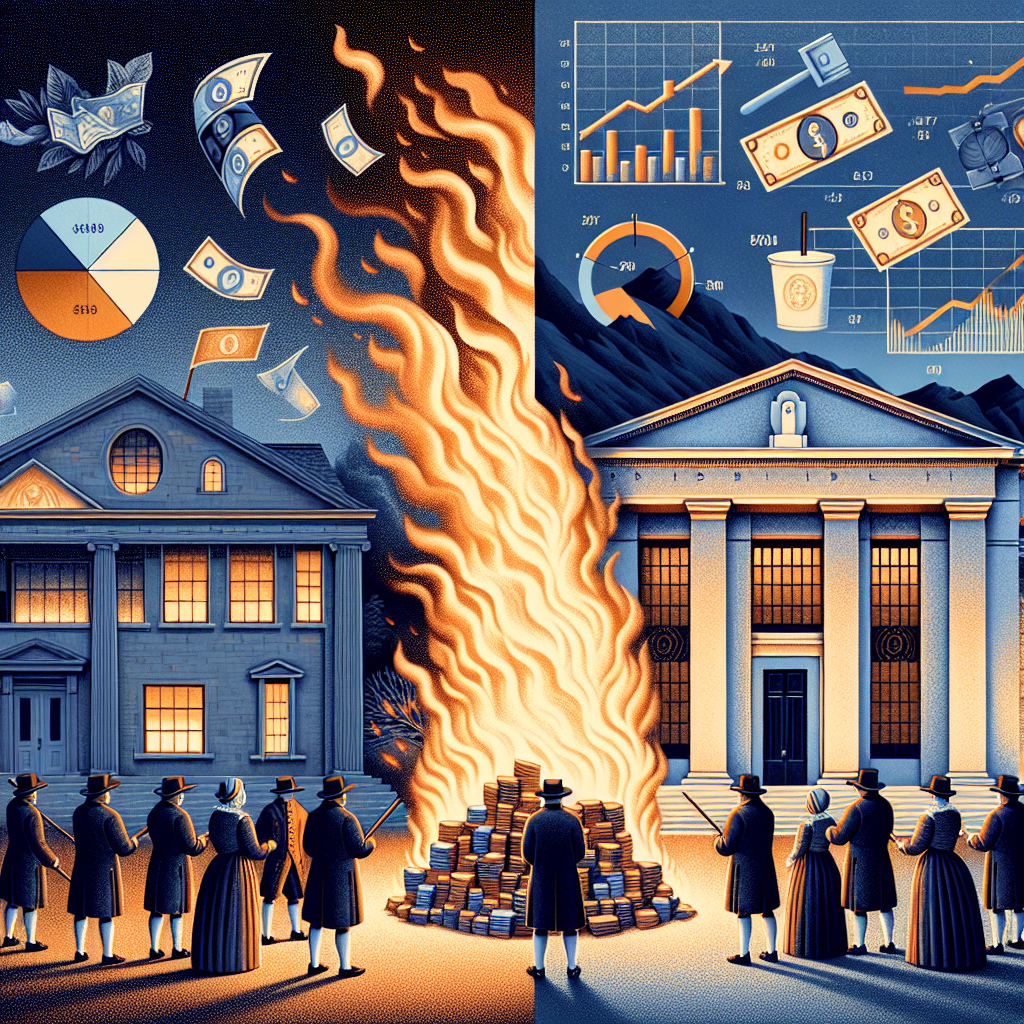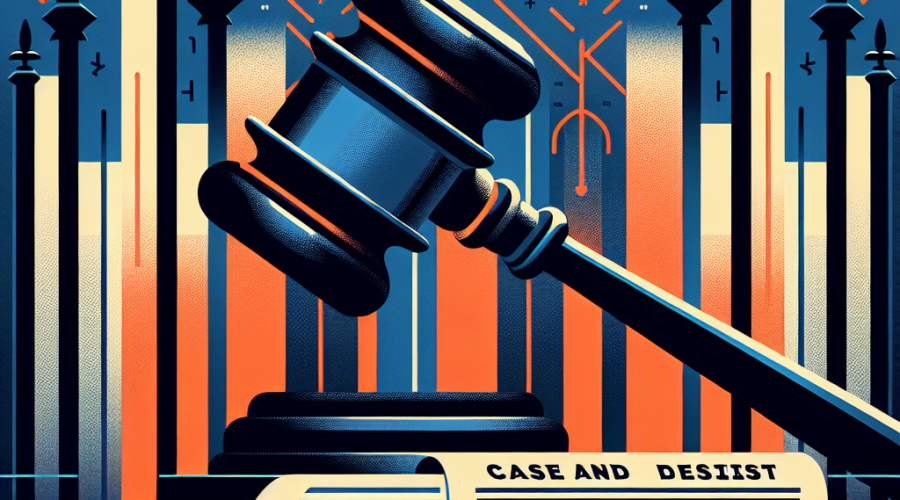Fiat money—currency that derives its value not from physical commodities like gold or silver, but rather from the trust and authority granted by governments—has a fascinating and complex history. While forms of paper currency have existed for centuries, the specific concept of fiat money, whose worth is derived from state-backed decree and its required use in paying taxes, has roots that can be traced back to colonial America. Recent central banking developments, such as the Federal Reserve’s modern monetary maneuvers, echo these foundational experiments in managing the public’s trust and the perceived value of currency.
The Origin of Fiat Money in Colonial America
Fiat money as we know it—government-issued currency not backed by a physical commodity but by faith in the issuing authority—emerged long before today’s global financial system. While the idea of paper money itself originated in 11th-century China, historian Dror Goldberg has argued that true fiat money was an American invention, born in the Massachusetts Bay Colony in 1690. Unlike traditional “hard” money such as Spanish silver coins, colonial paper currency was referred to as “bills of credit.” These notes weren’t just substitutes for precious metals; they owed their value primarily to the fact that colonial governments accepted them for tax payments.
At the time, American colonies were cash-strapped and largely lacked access to circulated coins. Instead, locally printed bills of credit filled the monetary void. That paper money quickly became a primary medium of exchange, evolving into an early form of fiat currency due to its acceptance by local authorities for settling tax debts.
Maintaining Trust: The Ritual of Burning Tax Receipts
What truly distinguished colonial American fiat currency from other forms of early money was a unique mechanism to ensure its value: the public burning of tax receipts. On the surface, it sounds counterintuitive. Today, we expect governments to collect taxes to fund expenditures or save for future obligations. Yet in colonial America, once taxes were collected in the form of bills of credit, those notes were ceremoniously destroyed.
This act wasn’t economic folly; instead, it was a calculated attempt to foster trust. The government aimed to assure the public that, despite being able to print an arbitrary number of notes, it was committed to keeping that money scarce. The Virginia legislature’s 1760 resolution stressed the need to “preserve the credit” of colonial paper currency, asserting that the public needed assurance those notes were diligently “sunk”—in other words, physically eliminated from the money supply.
To that end, colonial governments formed committees tasked with overseeing the regular destruction—typically twice a year—of paper currency collected via taxes. These bonfires of bills were not performed in secrecy but instead became public spectacles. Announced in newspapers and noted in legislative records, these burnings served both as a form of fiscal theater and as concrete proof of responsible monetary stewardship. As historian Andrew David Edwards writes, “The burning was an event, advertised in public newspapers and marked in legislative records.” This practice effectively demonstrated the colonial administration’s intent and ability to uphold the value of its fiat currency through artificial scarcity.
The Echo of History: Modern Monetary Policy
Fast-forward over three centuries, and many core ideas remain intact, albeit in more sophisticated and less theatrical forms. Take, for example, the United States Federal Reserve’s management of the money supply through assets and reserves. Over the last several years—particularly in response to the economic fallout of the COVID-19 pandemic—the Fed created hundreds of billions of dollars in new reserves by buying bonds from banks (quantitative easing). More recently, as part of its policy normalization, it has shed approximately $2.4 trillion of those reserves by letting bonds mature.
In theory, this process of reducing reserves by letting debt instruments mature mirrors the logic of burning tax receipts: it makes money scarcer in the banking system, aiming to maintain or elevate the value of the U.S. dollar by preventing an excess supply. However, unlike the dramatic public burnings of yesteryear, these monetary operations now unfold largely behind closed doors, through digital accounting entries on the Fed’s balance sheet. They receive little public attention and barely warrant mention in official statements—such as the recent Federal Open Market Committee (FOMC) update, which focused primarily on changes to interest rates rather than the mechanics of shrinking or expanding the money supply.
The Shift from Fiscal to Monetary Policy
There is a fundamental distinction between colonial practices and contemporary central banking operations: the type of policy at play. In the colonial context, the destruction of tax-received currency was a matter of fiscal policy—disposing of notes representing settled tax debts. In contrast, today’s reduction or expansion of reserves falls firmly within the realm of monetary policy, and it often lacks a direct link to tax collection or budgetary spending.
Fed Chair Jerome Powell underscored this transition recently. During a press conference, he clarified that the Fed would “cease run-off” of the debt it holds—effectively halting the policy of shrinking reserves and, soon, resuming purchases of bonds to grow reserves again. In modern economic parlance, this means the Fed may soon “print” money once more, because the current $6.6 trillion in bank reserves is deemed insufficient under the modern monetary regime. The reason, Powell explained, is that “reserves have to be ample,” signaling a return to policies that increase the money supply to ensure liquidity across the banking system.
While the mechanisms have evolved—replacing torch-lit bonfires with silent digital entries—the underlying goals remain familiar: to manage public confidence in fiat currency by controlling scarcity and supply.
Challenges and Contradictions in Today’s System
The contrast between today’s monetary policy and early American practices also exposes contemporary challenges. While the Federal Reserve has been shrinking the money supply to curb inflation and maintain dollar strength, the U.S. federal government has concurrently increased its fiscal deficit, amassing an additional $6 trillion in debt over the same period. The symbolism of burning tax receipts as a demonstration of government restraint has been replaced by the quietly growing national debt—an imbalance that would have seemed irresponsible to statesmen such as George Washington, who championed the importance of “vigorous exertions in time of peace to discharge the debts.”
What worries observers today is that while the central bank attempts to act with restraint, fiscal expansion by the government may undermine confidence in the value of the dollar. The colonial spectacle of burning tax receipts was concrete proof of a government exerting control and discipline over its currency. In contrast, modern monetary operations, detached from fiscal rectitude, may lack the transparency and psychological assurance that once anchored trust in fiat money. This has rekindled debates about the very foundations and sustainability of fiat currency in the face of ballooning national obligations.
Public Perception and the Future of Fiat Money
In both colonial and modern contexts, the legitimacy of fiat money has rested on public confidence that governments will act responsibly. The visible actions of colonial authorities—publicly burning money to keep it scarce—offered unmistakable assurance to citizens. Today’s monetary policy, operating through abstract mechanisms and at vast scales, often struggles to convey the same sense of stewardship.
In times of economic uncertainty or when fiscal profligacy seems unchecked, this can test the public’s faith in the dollar and other fiat currencies. As the Federal Reserve prepares to shift directions—potentially increasing reserves once again—the question of how to best communicate and preserve trust in fiat money remains more relevant than ever. The lessons of colonial America remind us that the value of money, in any era, ultimately depends not just on supply and demand, but on the public’s belief in the competence, discipline, and transparency of those who issue and manage the currency.
Conclusion: Lessons from the Past, Imperatives for the Present
The history of fiat money, from the bill-burning rituals of colonial America to the digital bookkeeping of today’s Federal Reserve, underscores an enduring truth: The legitimacy and stability of currency rest on public faith in its management. While today’s financial system is more technologically advanced, the need to demonstrate fiscal and monetary discipline persists.
Maintaining credibility requires clear communication and visible proof of responsible stewardship—whether through the pageantry of burning tax receipts or the careful calibration of monetary policy. As America and other countries navigate the intricate relationship between fiscal expansion and monetary restraint, the lessons of the colonial era serve as a reminder that trust in money is painstakingly earned and easily lost. The future of fiat currency will depend on how well governments and central banks reconcile modern realities with timeless principles of accountability and transparency.

















